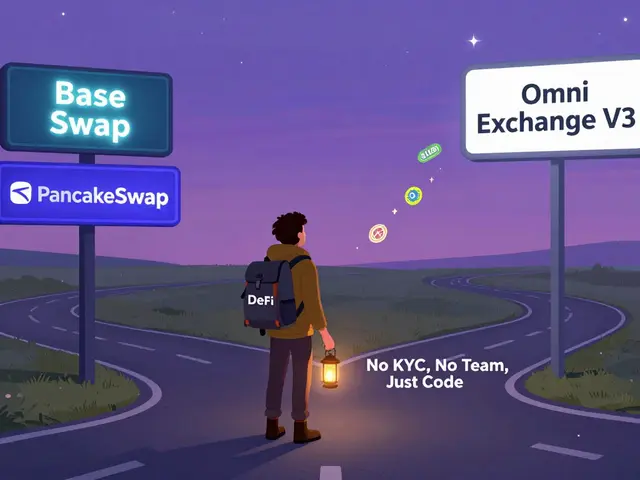Federated Consensus
When working with Federated Consensus, a voting‑based protocol where a select group of trusted validators collectively confirm transactions on a distributed ledger. Also known as quorum‑based consensus, it enables fast finality without needing the massive energy of proof‑of‑work. Distributed Ledger, the underlying data structure that records every transaction in chronological order relies on this method to stay synchronized across a network of participants. The process federated consensus requires Validation Nodes, pre‑approved servers that vote on each ledger update according to a trust configuration. Those nodes, often run by banks or exchanges, form a web of trust that reduces the chance of a single point of failure. Because only a subset needs to agree, transaction speeds can hit sub‑second finality, a key reason why platforms like the Stellar Network, a global payments infrastructure, choose federated consensus over more resource‑heavy alternatives.
Key Components and Their Relationships
Federated consensus encompasses the concept of a distributed ledger, but it requires validation nodes to act as gatekeepers. Those nodes influence trust anchors—pre‑defined entities whose signatures carry weight in the voting process. When a new transaction batch arrives, each validator checks its authenticity, signs the block, and shares the vote with the rest of the quorum. If the required threshold is met, the block becomes immutable on the ledger. This approach allows networks like Ripple to maintain low latency while still preventing double‑spending. The trust model also supports regulatory compliance because participants can be identified and audited if needed, which is why many financial institutions favor it for cross‑border payments.
Understanding these building blocks gives you a solid foundation for the articles below. You'll see how federated consensus shapes airdrop mechanics, influences mining‑friendly jurisdiction choices, guides secure DAO treasury setups, and even impacts how NFT marketplaces verify collections. Whether you’re curious about the technical side or looking for practical tips to navigate the ecosystem, the upcoming posts break down each angle in plain language. Dive into the list to see real‑world examples and actionable advice that build on the concepts introduced here.
Bitcoin Sidechains Explained: The Liquid Network
A clear guide to Bitcoin's Liquid Network sidechain: how it works, its speed, privacy features, use cases, risks, and future roadmap.





